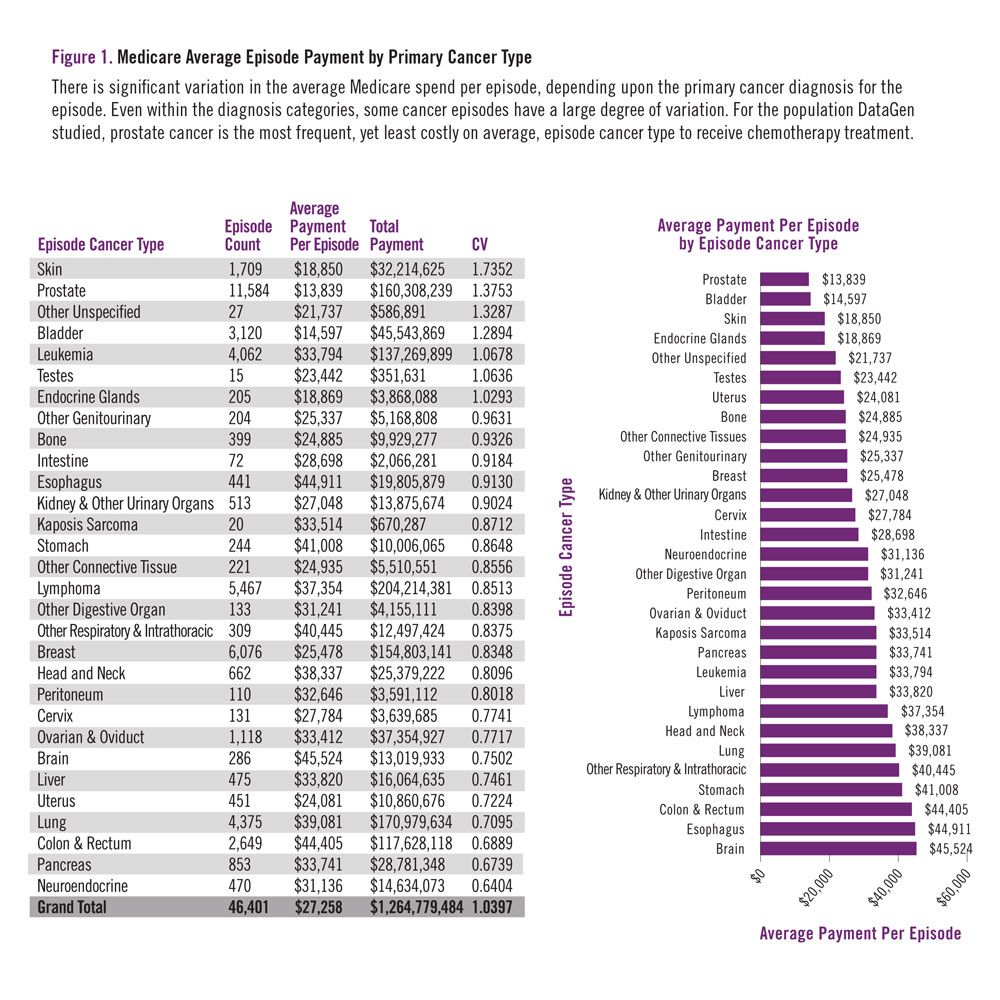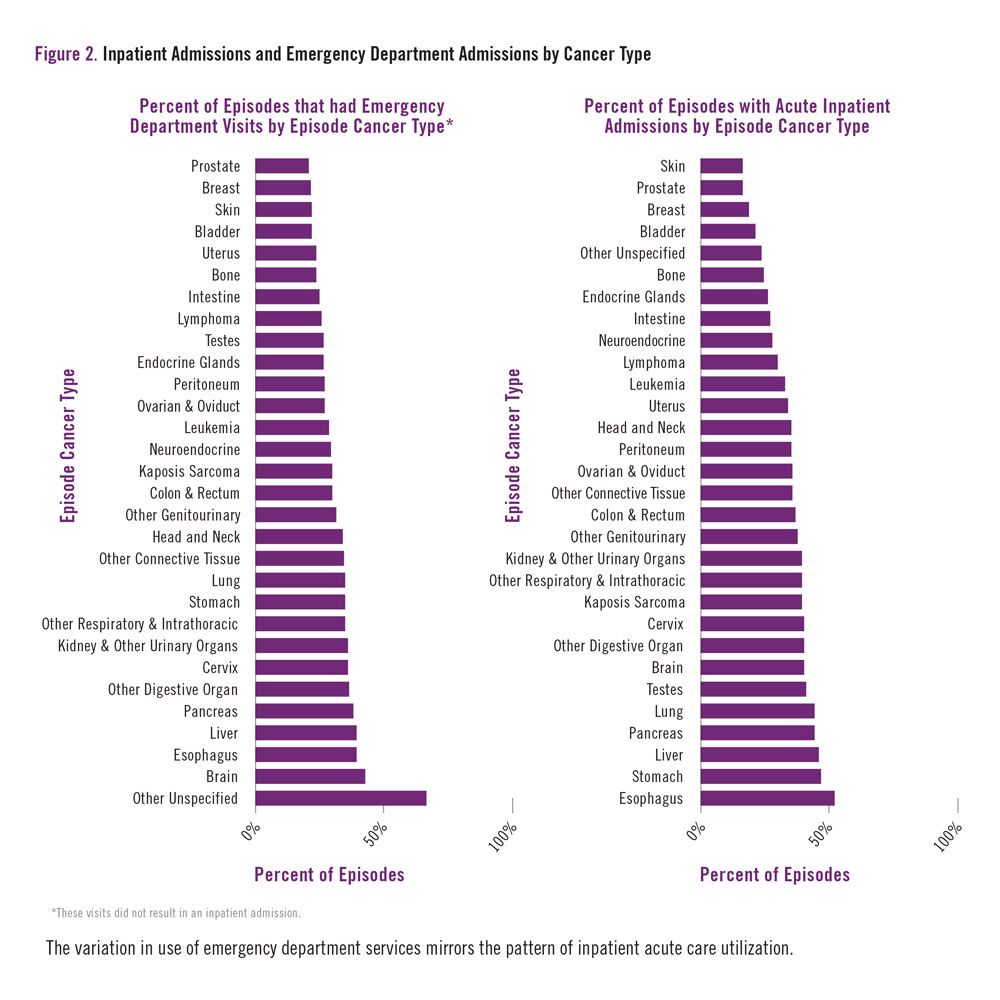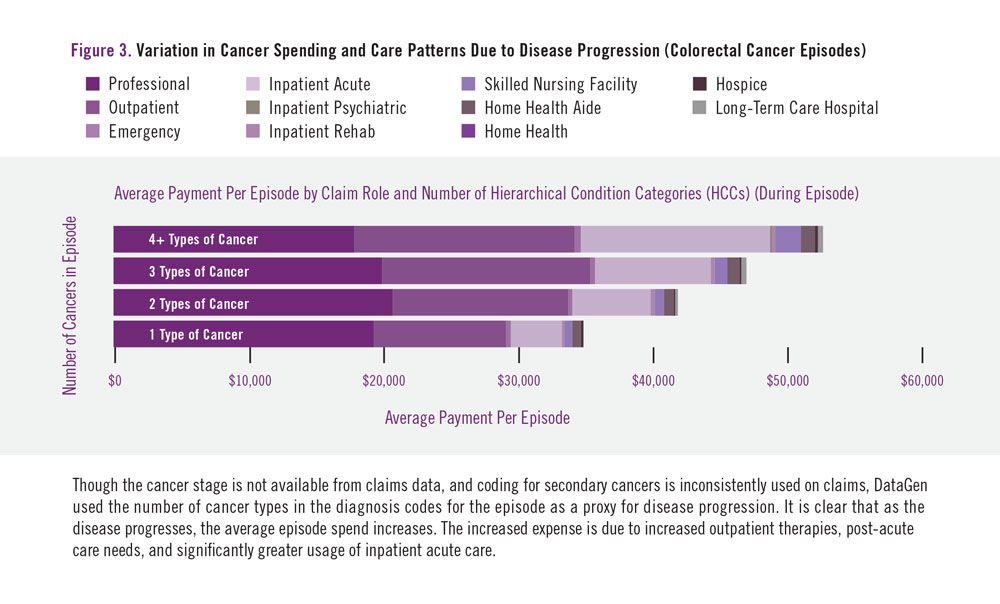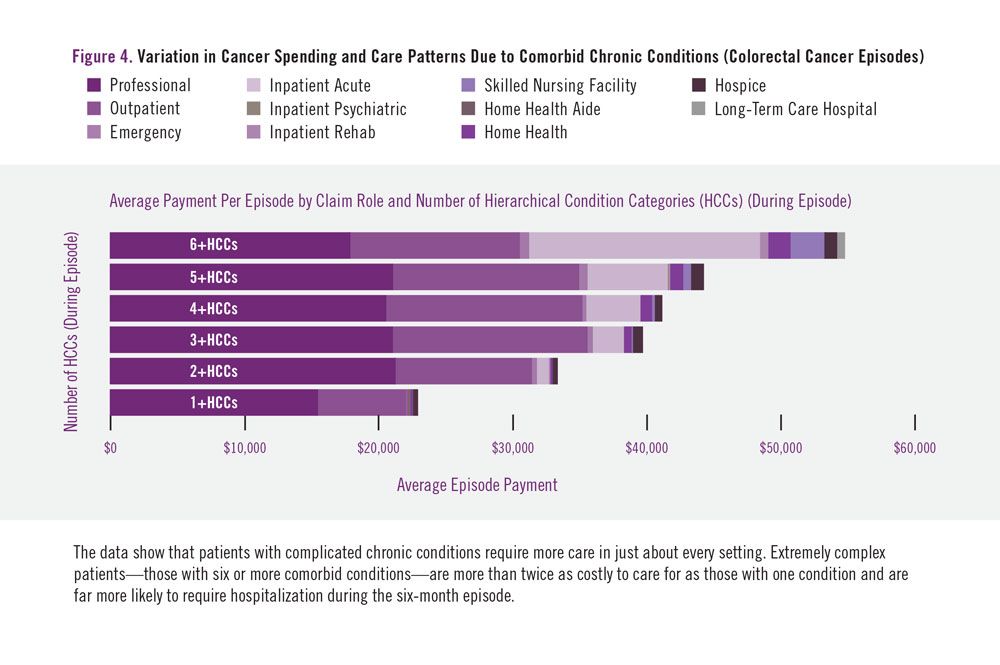Article
Achieving Data-Driven Success Under the Oncology Care Model
Author(s):
The Oncology Care Model is one of the most recent bundled payment programs announced by CMS, going into effect July 1. Participants will need a robust data analytics program in order to meet practice requirements, and achieve clinical and financial goals. Read on for tips to achieve data-driven success, and a simulation of what practice data will look like under the model.
This article has been coauthored by Alyssa Dahl, principal healthcare informatics analyst, DataGen.
If recent trends continue, the cost of cancer care in the United States will reach $172.8 billion in 2020, a 39% increase from 2010, according to a 2011 study from the National Cancer Institute. The government is responding with several new payment models, including the Medicare Shared Savings Program, Comprehensive Primary Care Plus, and the Oncology Care Model (OCM).

Announced by CMS in January 2015, OCM is one of the most recent programs in a litany of new experiments. Hospitals and other healthcare providers that are participating in any of these programs will find it challenging to effectively evaluate and manage their activities so as to improve the effectiveness and efficiency of care and optimize the patient experience. These providers will need to review and monitor their data to determine the possibilities for success in bundled payment programs and to measure the value of participation.
Should You Participate in the OCM?
The OCM program is a 5-year alternative payment model (APM) for oncology practices and independent practitioners. It begins on July 1 of this year and provides 3 forms of reimbursement for participants: a traditional fee-for-service payment for Medicare Part A, B, and D services; a per-beneficiary-per-month (PBPM) payment for the duration of each 6-month episode, and the potential for a retrospective, risk-adjusted payment based on performance quality metrics and actual care cost savings.
Practices submitted applications last Fall and received notifications at the end of March announcing whether their applications were accepted, but they only have a short window within which to accept the participation agreement. In addition to achieving cost efficiencies, participants must meet 6 practice requirements:
- Provide 24/7 patient access to appropriate clinicians
- Be a meaningful user of certified electronic health records
- Utilize data for continuous quality improvement
- Provide patient navigation
- Document a care plan for every OCM patient
- Treat patients with therapies that are consistent with nationally recognized clinical guidelines
If a practice is already planning to invest in these 6 OCM requirements, that is a good indicator that participation will be worthwhile. However, there are some risks that practices should understand:
- Practices may spend more than the PBPM payment to achieve the program requirements
- Care transformation efforts may not be enough to qualify for a performance bonus
- The bonus a practice qualifies for may not be large enough to offset costs
On the other hand, practices will gain experience managing risk, will have the opportunity to influence future Medicare oncology programs, and will have access to performance data with which they can benchmark themselves against past performance and identify areas for improvement. Additionally, practices can choose if they want to accept downside risk, though the Medicare spend-per-episode target is set lower if they decide to avoid that risk. Determining which option is right for your organization will require specialized expertise in healthcare analytics and an understanding of the mechanics of episodes of care at all levels of the organization.
How Data Will Drive Success
A robust data analytics program is key to successful OCM participation. Over the past 6 years, we have seen the importance of simplifying and organizing the complex data and policy components of bundled payment programs, such as the Bundled Payments for Care Improvement and Comprehensive Care for Joint Replacement models. Here are 4 areas that will need to be addressed for successful OCM participation:
1. Risk Stratification
Up-front data analysis will enable stratification of patient risk, helping predict and preempt patient needs. DataGen performed a preliminary study of 6-month cancer episodes to simulate an analysis of practice data under OCM. The data source was a 5% matched sample of Medicare beneficiaries’ data for episodes initiated in 2012. DataGen looked at variations in cancer spending and care patterns due to disease progression, comorbid conditions, age, gender, and other factors—and our findings, shown in figures 1 to 4, brought some interesting points to light.
The findings validate the need for extensive risk adjustment, as there are many factors that influence care patterns and costs during a 6-month episode—most significantly, cancer type and comorbid chronic conditions.
2. Quality Improvement
Using data for continuous quality improvement is one of the key requirements for OCM participants. CMS and all participants will have access to the OCM data at both the patient and claim level. The ability to understand and impact upon the care components of oncology episodes will be essential for making improvements, as practices must perform at certain levels to benefit from performance-based payments. Additionally, practices will need to perform above national benchmarks by the end of year 3, or they will be disqualified from further participation in the program.
3. Care Management
Participants are required to document a care plan for each OCM patient who is likely seeing multiple specialists besides his or her medical oncologist. This will require data sharing and analysis across organizations to create accurate patient navigation, and will require practice administrators to build workflows to identify and track patients through the continuum of their care. Additionally, data analysis will be needed to reflect the continuum of care, particularly the largest drivers of oncology costs: drugs, acute care, and end-of-life care.
4. Cost Analysis
Tracking trends in service costs and care utilization requires good data. Providers must evaluate past and current performance in order to determine the success or failure of participation in OCM or other APMs.
Next Steps for Providers
To prepare for data-driven success and to take advantage of the significant opportunity the OCM model presents, participants will need to start planning for data aggregation and analytics. This includes:
- Accessing the data CMS provides
- Identifying benchmarks and selecting performance targets for improvement
- Reporting on data to key stakeholders on a regular basis
- Creating accountability around performance.
Participating in OCM and other APMs can be intimidating; however, effective data aggregation and analysis can help any provider manage ahead of these changes and prepare for success under value-based models.









